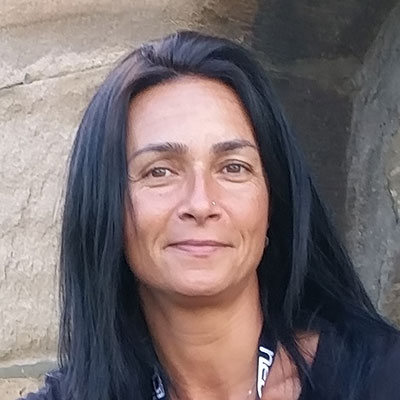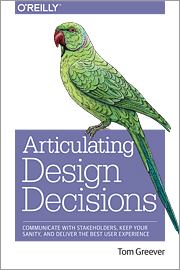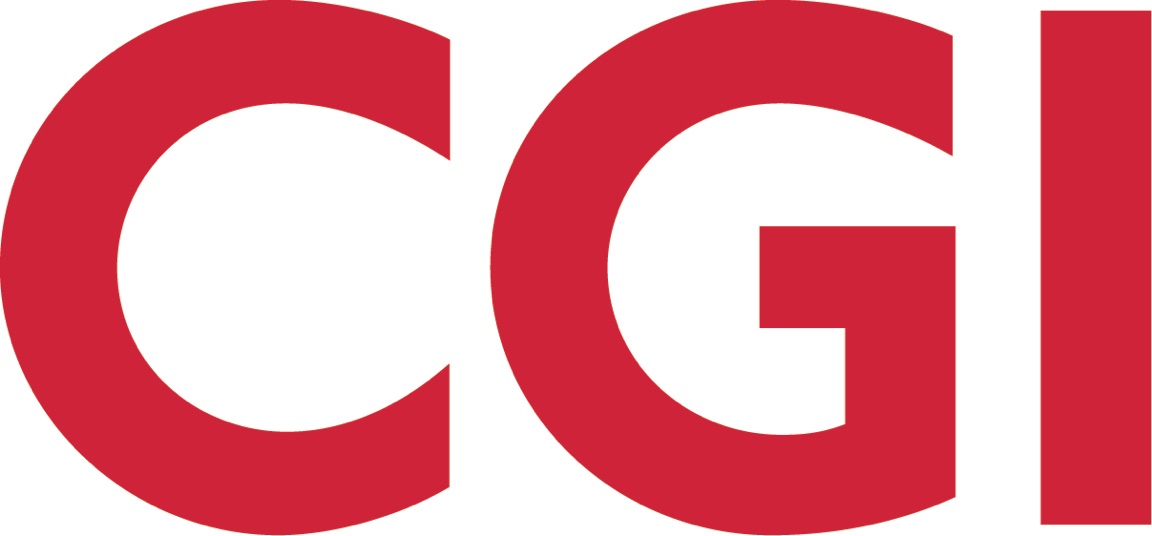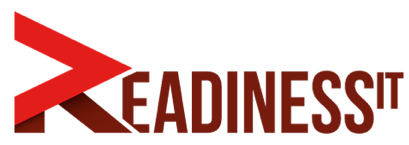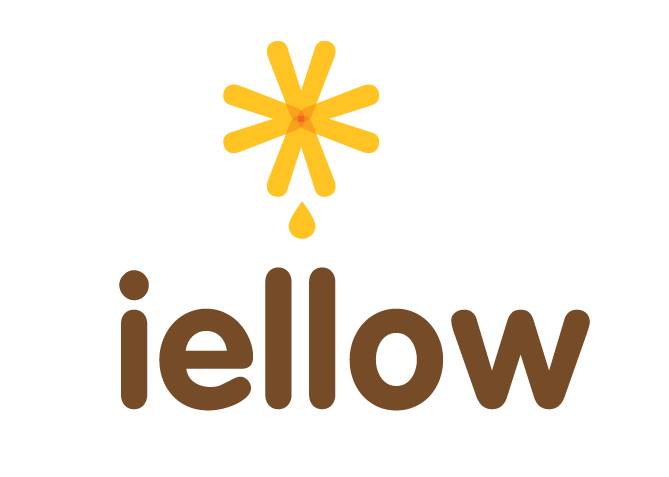-
Alberta is an incorrigible nomad — born and raised in Italy, she has lived in California and now works in London, as Director of End-to-End Service Design at Lloyds Banking Group. With her team of systems thinkers and service designers, she's looking at shaping the future of financial services and supporting meaningful financial outcomes.
Alberta sketchnotes the meetings she attends (and there are many), is a resolute ice hockey player and cares deeply about the very small things that, she says, "matter a lot”.
She tweets as @albertatrebla and you can find her on LinkedIn as well.
24
14:00 - 17:30
Room 126
14:00 - 17:30
Room 1Workshop
Design Leadership
An effective design team requires a multitude of diverse skills, and it's impossible for any one individual to possess them all. So, how do you go about putting together a team that’s balanced, powerful and can work effectively with other teams? What is the right mixture of junior and senior practitioners? What skills, soft and hard, do you need to design and deliver outstanding products and services that support meaningful outcomes? In this workshop, we’ll take a look at how to assess the skills of our colleagues (as well as our own) to best shape, inspire and lead a design team that works together (and stays together). A team where more experienced practitioners thrive and more junior ones are supported, mentored and enabled to grow, and where complementarity and teamwork are the foundations of success. You will leave this workshop with a different point of view on design leadership, and ready to build, motivate, grow and keep design teams happy. Why do I need to know about design leadership? Bringing design attention to the context of design teams and design leadership is critical for the success and sustainability of our practice and industry. At a time when our ways of working, our design remit and materials change, we need to pay attention to supporting and growing our teams to successfully embrace these new challenges. As organisations continue to value the importance of design, more and more companies act on the need to establish a design team. These teams have specific needs to thrive in an organisation and to create value for the business and users as well as happy designers.
What topics will be covered? How does this work?
Learning by doing is one of the most effective way to acquire and share knowledge. In one long role-playing game, groups will work through the stages of development of a team — you will start collaborating from the get-go, forming fictional organizations that will be the backbone of the exercises you and your group will participate in.
The workshop is structured as a series of micro-modules on:
- Leadership styles
- Building vs inheriting a team
- Hiring
- Culture and fit
- Team structure
- Motivation
- Retention
- Conflict resolution
- Skills assessment
- Skills development
- Mentoring/coaching
- Letting go (post exit-interview)
These modules are followed, and sometimes preceded, by practical exercises and simulations that will flex your leadership muscle.
Will I learn anything practical that I can use straight away?
Absolutely. You will leave this workshop armed with:
- Understanding of the traits of an effective design team
- Tips and techniques on how to hire, motivate and keep design teams happy
- Methods and tools (and a bit of science) to assess your team's skill set, create development plans and support maximum performance
- A strategy to help you foster a culture of learning in your organization
Is this workshop for me? This workshop doesn’t require any prior knowledge and is suitable to anybody who works in a team, and especially beneficial to team leaders, new managers and managers new to design. But, really, if you work with other humans, this is for you.
26
16:50 - 17:25
Auditorium ITalk
Because McLuhan
“What if McLuhan is right? Suppose he is what he sounds like – the most important thinker since Newton, Darwin, Freud, Einstein and Pavlov?” – Tom Wolfe (1969)
Folks from within the community of UX practice have been calling for the death of the wireframe since the early ‘oughts. And now with the rise of Agile, the death-knell is ringing from without. Just so you know: they are coming for the rest of our deliverables.
How in today’s Lean world do we situate the role of depiction and documentation in our process? If in the past we were doing it wrong, how do we go forward doing it right?
This presentation introduces Marshall McLuhan’s four laws of media, as applied to UX design and software development. Attendees will learn how to analyze the media we use to depict, deliver and approve our ideas while avoiding subtle and pernicious traps that lurk in the interplay between medium and message.
